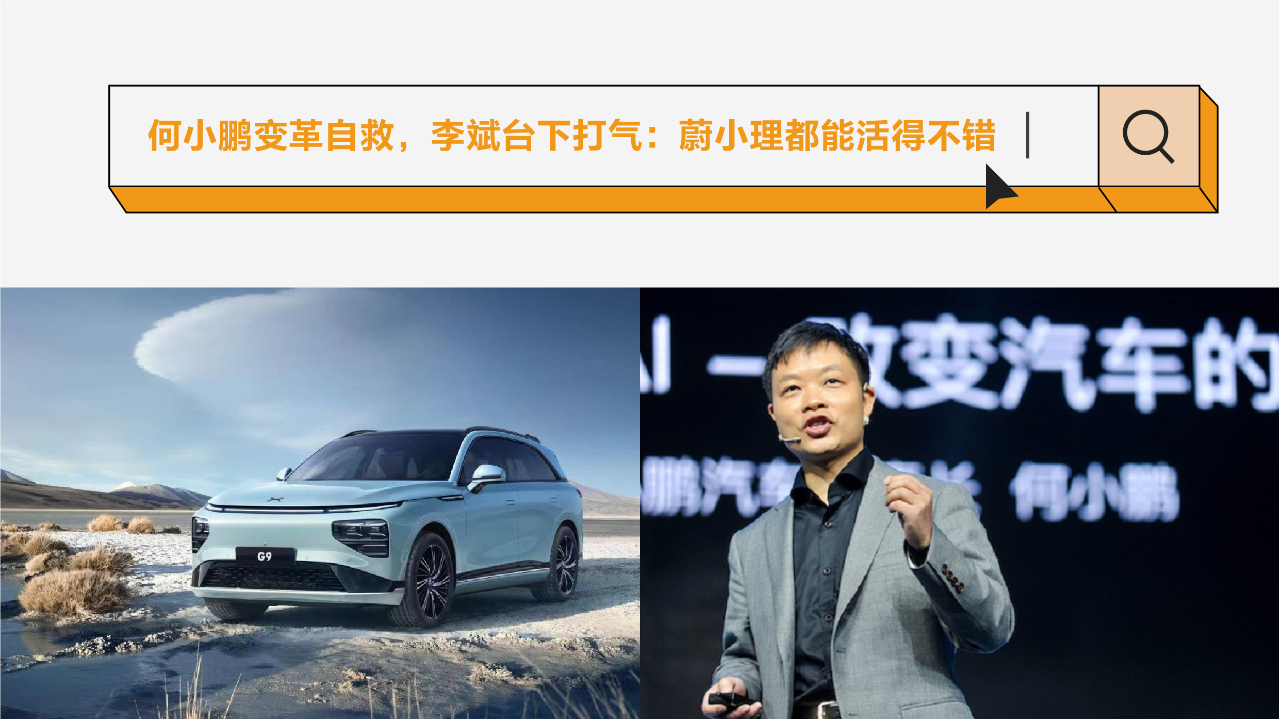Author: Zheng Senhong
Objectively speaking, this is not a beautiful financial report.
On November 30th, XPeng released the third-quarter financial report of 2022.
Compared with the first two quarters, XPeng’s delivery volume has shown a downward trend:
-
In the first quarter, XPeng delivered 34,561 vehicles;
-
In the second quarter, XPeng delivered 34,422 vehicles;
-
In the third quarter, XPeng delivered 29,570 vehicles;
-
For the fourth quarter, XPeng has given a delivery guidance of between 20,000 and 21,000 vehicles, a year-on-year decrease of 50%-53%.

Considering the delivery guidance for the fourth quarter and the total delivery of 103,654 new cars from January to October this year, XPeng expects to deliver around 120,000 vehicles in 2022.
Fortunately, the continuously shrinking losses and gradually increasing gross profit margin have redeemed some face for this quarterly financial report.
In the third quarter, XPeng’s net loss reached CNY 2.38 billion, a decrease of 12.0% compared with the second quarter’s CNY 2.7 billion.
In addition, in the third quarter, XPeng’s gross profit margin was 13.5%, and the automobile profit margin was 11.6%, which was significantly higher than the 10.9% and 9.1% in the second quarter.
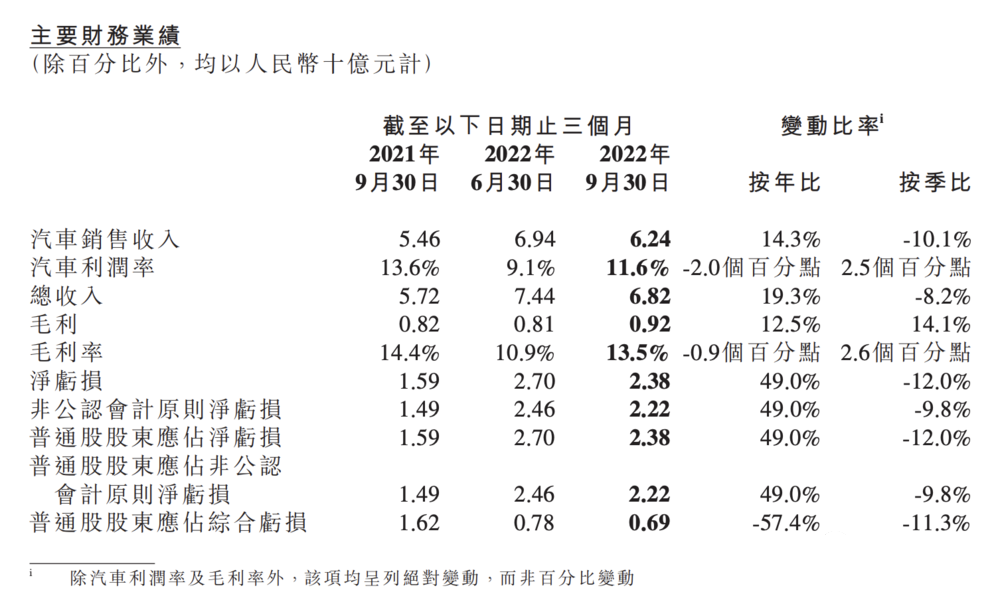
In the following conference call, He XPeng did not avoid the current situation of the company but faced the problem and gave a proactive strategy.
Optimize cost control and accelerate product platformization
XPeng’s performance in the third quarter was actually planted in the previous quarter.
In the second quarter of this year, with the delivery performance of 34,422 vehicles, XPeng won the sales championship of new forces in the auto industry for four consecutive quarters, but the delivery guidance given by XPeng in the third quarter financial report was between 29,000 and 31,000 vehicles.“`
As shown in the third quarter financial report, XPeng’s actual deliveries in the third quarter were 29,570 vehicles, falling in the low range of the delivery guidance and not bringing any surprise growth.
He XPeng stated that G9 will experience capacity climbing in November and December, and will enter a “very good phase” in January 2023.
On the B-side where deliveries have slowed down, He XPeng hopes to strengthen cost control and improve operational efficiency.
In the third quarter, XPeng’s R&D expenses reached 1.5 billion yuan, a new high in nearly four quarters.
While sales, general, and administrative expenses were 1.63 billion yuan, a year-on-year increase of 5.7% and a decrease of 2.3% compared to the previous quarter.
Based on XPeng’s “intelligent” core, constant increase in R&D is needed to form an advantage.
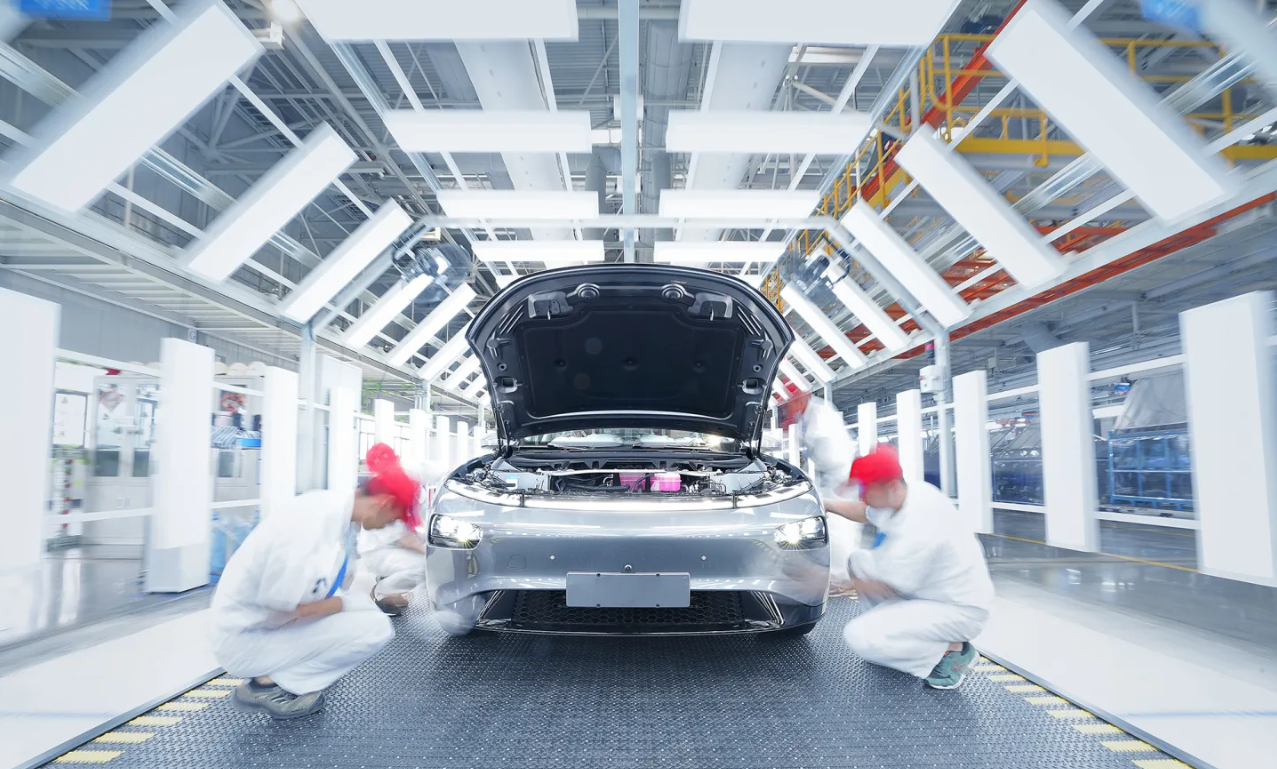
For example, through platformization, models can share more platforms and modules.
On October 21st, He XPeng announced a comprehensive organizational restructuring through a company-wide email, in addition to establishing five committees for products, strategies, technologies, sales, and OTA, three platforms E, F, and H were formed.
Platformization strategy is not unfamiliar to car companies.
The platform development mode has been implemented for many years in the field of automotive chassis design, and platform ideas such as chassis platform, engine, and gearbox have brought great economic benefits to car companies.
Intelligent cars are no exception.
Through platformization strategy, only specific vehicle models need to be adapted, which not only improves R&D efficiency but also reduces R&D costs.
Previously, XPeng believed that platformization strategy would constrain product flexibility.
However, the fact is that the jumbled lineup and complex configurations of vehicle series is XPeng’s biggest problem at present.
Currently, XPeng’s four mass-produced models, G3, P7, P5, and G9, are completely divided into four different sub-segments.
- G3 is a compact SUV for the low-end market
- P7 is a coupe and is currently XPeng’s main selling model
- P5 is a compact sedan with a low-price and high-volume strategy
“`- G9, a medium to large SUV targeting the mid-high-end market, is an area that XPeng has never touched before.
In comparison, NIO focuses on SUV, as well as two lines based on ES and ET, and can present a clear product system.
In addition, XPeng also equips 6-7 different types of battery packs for a single model.
This also means that complex battery packs will further lower XPeng’s overall vehicle gross margin.
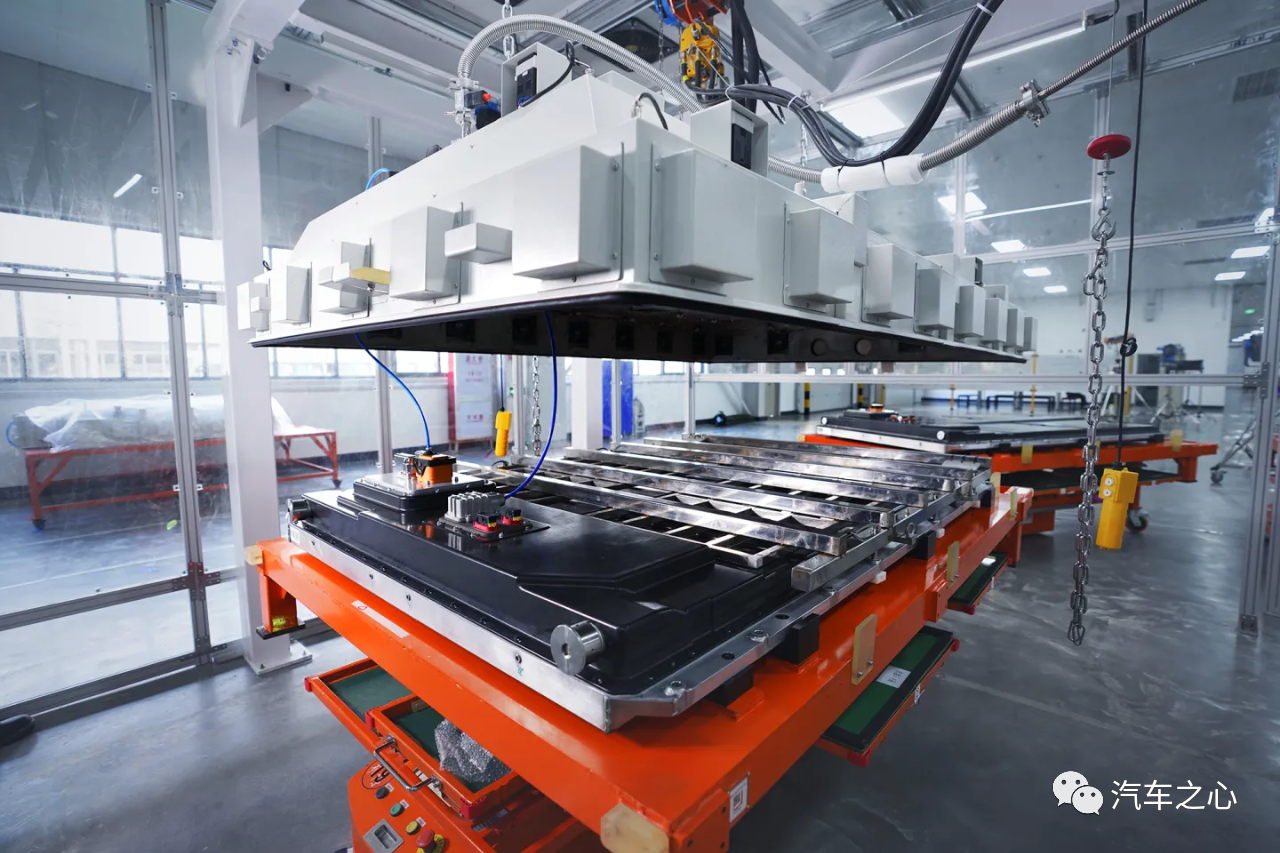
According to information disclosed during a previous internal meeting at XPeng:
The comprehensive costs such as development, testing, verification, and announcement of a new car SKU at XPeng can reach up to 50 million yuan.
The launch of the G9 was controversial among users, resulting in modifications to nearly all SKUs within 48 hours and wasting a huge amount of capital.
The biggest advantage of platformization for automakers is to avoid redundant design and testing, reduce raw material costs, increase component commonality, increase the purchase quantity of individual parts, and reduce production line scale.

During the financial report meeting, He XPeng stated that models on the same platform will share a large proportion of power, intelligent, chassis, electronic and electrical architectures, corresponding supply chains, and production capabilities. In the future, the development cycle and costs of new products will be greatly reduced, and the quality of the vehicle’s hardware and software will be more stable.
“The E platform has already been completed, and the first model on this platform, G9, is expected to be one of the top three 300,000 RMB pure electric SUVs,” He XPeng added. “The F platform and H platform are planned to be completed next year.”
Under multiple models, SKU gradual simplification is also the next goal.
He XPeng stated that he hopes to have only one SKU per model by 2024.
According to the plan, XPeng will launch three new models in the first quarter of 2023, namely:
- P7 redesign based on E-platform
- Mid-size SUV on F-platform (RMB 200,000-250,000)
- C-class model on H-platform
Change in Structure: Putting Users at the Center
On September 21, XPeng G9 was officially launched as XPeng’s first high-end SUV model. The significance of G9 to XPeng cannot be underestimated.
As He XPeng put it, with the launch of G9 and subsequent new platforms and models, the company will structurally improve the model gross margin, and the medium to long-term goal is to raise the overall gross margin of the company to above 25\%.
However, the result was astonishing. The newly launched XPeng G9 suffered from complaints due to unreasonable configuration allocation.

On the second day after the press conference, some media asked, “Why does G9 still have a basic version without any driving assistance?”
He XPeng admitted, “This is a balance between XPeng’s response to the current Chinese intelligent and new energy automotive consumption system. From the point of view of many customers, they may only need basic ability at present.”
This answer reveals He XPeng’s compromise.
“I want intelligence, I also want the brand to move upward, but I cannot demand it completely, because many people don’t need it yet…”
The contradiction of “wanting both and demanding even more” may be the fundamental reason why XPeng G9 has confusing SKU and lacks a clear selling point.
With a price tag of over RMB 300,000, the propaganda focuses on intelligence, 800V, supercharging network, high-power sound system, and other functions. The result is that people are unclear about G9’s selling point.
In other words, XPeng does not understand the real needs of users.

“User needs” is a high-frequency term in XPeng’s Q3 conference call, and it is apparently also the purpose of He XPeng’s internal system adjustment.“`
“XPeng Motors is currently promoting organizational changes, one of the important goals is to accurately grasp user needs.” He XPeng hopes to change the existing marketing system through the reorganization of the brand and marketing team.
He XPeng once said:
“An XPeng Motors user received 14 customer service calls from various departments after experiencing a malfunction at a supercharger. Receiving the first call was heartwarming, but by the 14th call it became serious harassment.”
To some extent, this also reflects the chaotic internal organizational structure and low execution efficiency of XPeng.
Against this background, XPeng is also undergoing an unprecedented adjustment.
-
First, He XPeng himself will significantly reduce his personal involvement in ecological enterprises and focus more on XPeng Motors.
-
Second, power centralization, co-founders Xia Heng, He Tao and Vice President Gu Hong successively resigned from the board of directors, focused more on product development, and thus established three virtual product matrix organizations, each with a Vice President in charge, all reporting to He XPeng.
This also means that XPeng has moved from various business units and independent “vassal” federated systems to a centralized power structure.
- E-Platform Product Matrix, responsible for the E-series product platform, with Liao Qinghong as the head.
- F-Platform Product Matrix, responsible for the F-series product platform, with Xia Heng as the head.
- H-Platform Product Matrix, responsible for the H-series product platform, with Jiao Qingchun as the head.
According to reports, the product managers for each platform will be end-to-end responsible and will oversee the management decisions for the entire life cycle of the platform vehicle from design, development to after-sales services.
XPeng said, “We want to make customer value the driving force behind the full process of defining, developing, and selling products.”
Obviously, He XPeng wants to integrate a car from product development to service operations to achieve information connectivity.

Meanwhile, based on the architecture of the past large clusters strategy, XPeng has also established five committees to connect various business lines.
“`
- He XPeng is in charge of three committees: strategy, product planning (based on the company’s strategy and customer needs), and technology planning.
- He Tao (co-founder) is responsible for the production and sales balance committee, which formulates supplier strategies and manages production and sales affairs.
- Chen Yonghai (Vice President of Internet Business) and Jiao Qingchun (Vice President of Technology) are responsible for major goal setting and management decisions for OTA business.
Regarding this internal adjustment, He XPeng believes that the manufacturing industry inevitably experiences ups and downs, but the adjustment is for the medium and long term, not short-term action transformation.
In the past two years, XPeng’s workforce has grown by double each year, but its management capabilities and organizational values have not kept up with the expansion speed.
“For example, we used to have two departments in charge of one car, but now one department is in charge of the entire process, with a customer-oriented approach,” said He XPeng.
In short, improving organizational efficiency and focusing on customer satisfaction is the core idea behind He XPeng’s organizational restructuring.
However, the extent to which this adjustment will have an impact remains to be seen.
Intelligentization: XPeng Leads the Way
For a long time, XPeng has viewed “intelligentization” as one of its trump cards for standing firm among the domestic new energy vehicles.
From the G3, which used intelligent parking as its selling point, to the P7, which features advanced driver assistance systems, to the P5, which is equipped with lidar sensors, and to the G9, which aims to achieve “all-scenario intelligent driving,” XPeng’s every industry first is based on its technological leadership in intelligentization.
He XPeng believes that intelligent driving is the key factor that distinguishes intelligent electric vehicles from their competitors and is the foundation of XPeng’s survival.
It is reported that more than 1,200 recent graduates will join XPeng in 2022, with 41% of them in the intelligent module field. He XPeng has also revealed that the intelligent driving team has a size of 1,500 people.
In the past two years, nearly all new energy vehicle companies have been pushing for intelligentization.
However, without absolute technological superiority, it is extremely difficult to win over consumers’ minds.
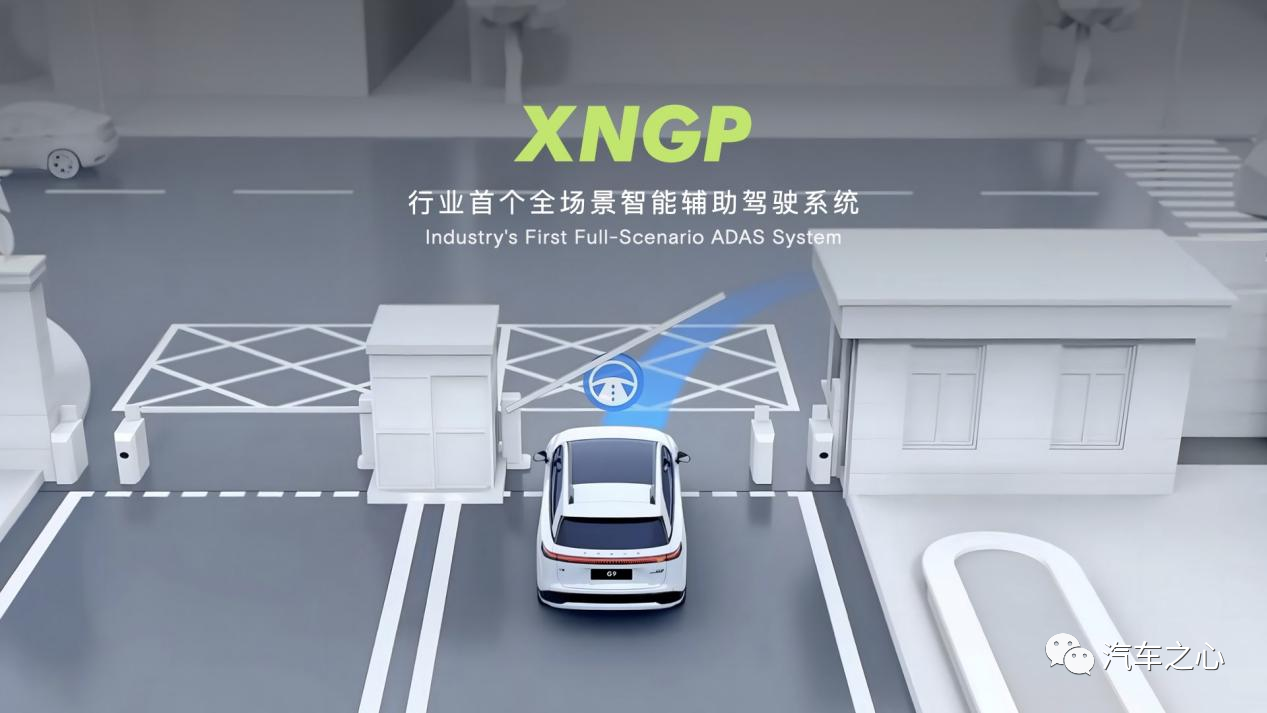
XPeng Motors CEO He XPeng believes XNGP will have four advantages:
- Scope of application, intelligent driving should expand to more complex but frequent city applications, with 90\% of XNGP’s use cases are in urban scenarios;
- Cost effectiveness, low price is still an important means of gaining customers for the intelligent driving market, with a future 20\%-30\% cost reduction space;
- Completeness, as the cornerstone of intelligent driving products, XNGP prioritizes safety;
- Value exploration, different scenarios will maintain the same experience level, including areas without high-precision map coverage, which brings value to users, and XPeng aims to achieve seamless connection in all scenarios.
“XNGP is scheduled to launch in the third quarter of 2023, and will be implemented in dozens of cities,” He XPeng said.
In his view, the landing of XNGP will be a turning point for intelligent assisted driving to become a high-frequency and necessary function.
This confidence is not without the support of users. It is reported that in the current XPeng G9 orders, a high proportion of users have chosen to support the Max version of XNGP before it is available via OTA.
Therefore, XNGP can bring XPeng a differentiated competitive advantage, and drive sales and gross margin.
In addition, starting in 2023, XPeng will achieve intelligent driving as a standard feature across all models, and the intelligent driving capability of all models will be consistent. He XPeng believes that better intelligent driving should be accelerated to popularize among national users.
He XPeng is convinced that XNGP is the most important card in XPeng’s hand, and this card will truly show its power from the second half of next year.
However, in the long-term perspective, He XPeng’s future concept hinges on gaining profits through software.
“Only the strong who master the core technology and eventually achieve large-scale revenue from both hardware and software can win in the long run,” He XPeng emphasized at the earnings conference.
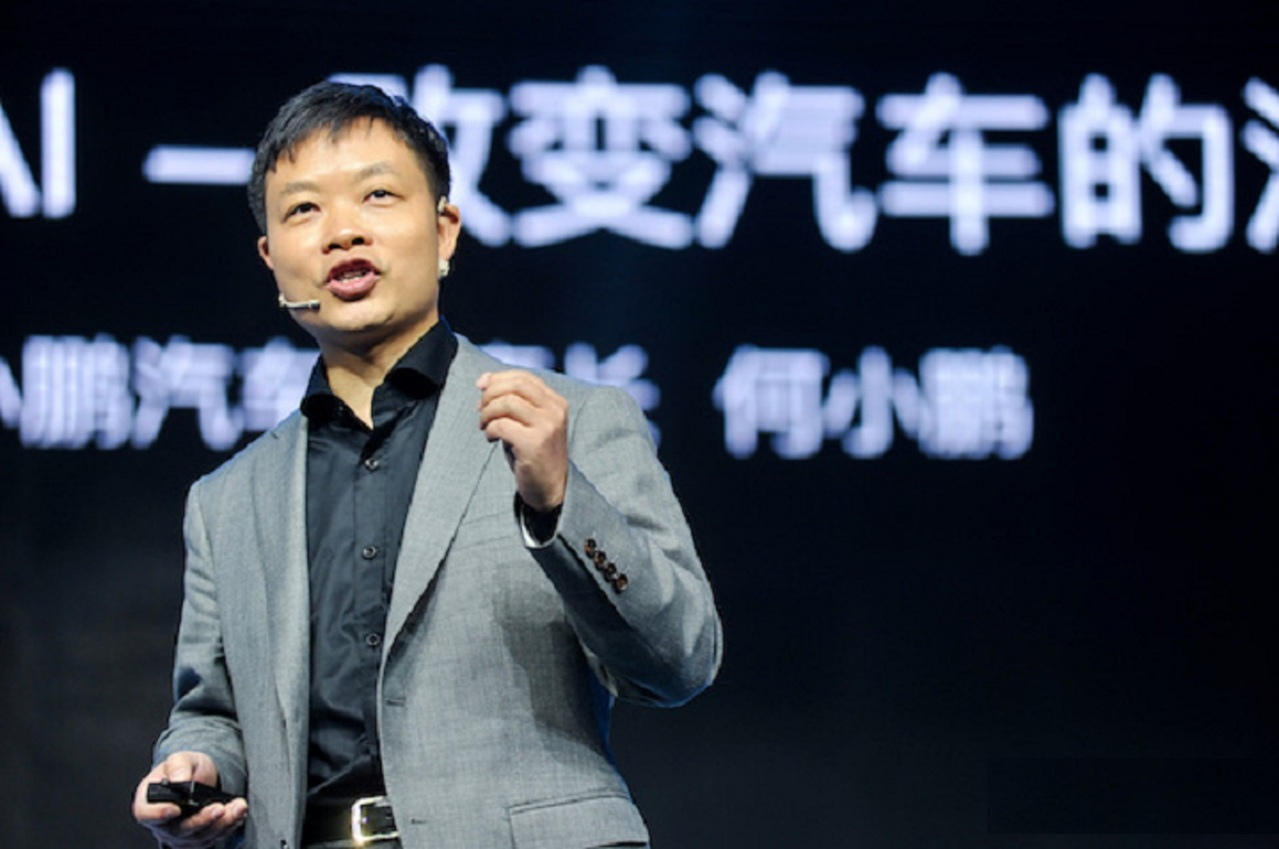 In summary, He XPeng hopes to further expound on XPeng’s determination to the outside world.
In summary, He XPeng hopes to further expound on XPeng’s determination to the outside world.
- Brand positioning: The era of smart cars will gradually deepen and expand from the second half of 2023.
- Long-term development: Currently, XPeng’s sales strategy is mainly focused on the short term.
- Proactive attack: Especially in marketing, XPeng will change its previous “defensive” approach.
- User needs: A product should be customer-centric.
As He XPeng said, every company needs long-term accumulation to achieve success. Many of XPeng’s competitors took more than ten years to succeed, and XPeng’s product matrix has just begun today.
He XPeng is not the only one who thinks this way.
William Li, the CEO of NIO, believes that the automotive industry is not a winner-takes-all industry, but one that requires long-term thinking.
When talking about the current situation of XPeng, Li Bin publicly stated, “He XPeng is a sincere person. They are also facing the problems they are currently encountering in a calm manner. I believe they will definitely overcome this obstacle, and they will certainly become better. And ultimately XPeng Automotive will be fine.”
After undergoing a major internal transformation, XPeng Motors, which now holds a cash flow of 40 billion CNY, has regained confidence and taken the initiative to attack.
This article is a translation by ChatGPT of a Chinese report from 42HOW. If you have any questions about it, please email bd@42how.com.
